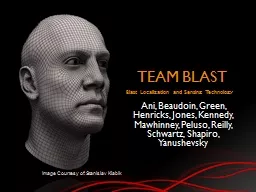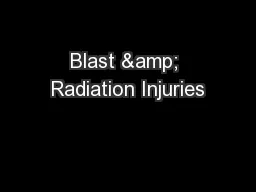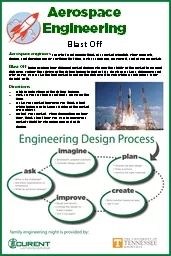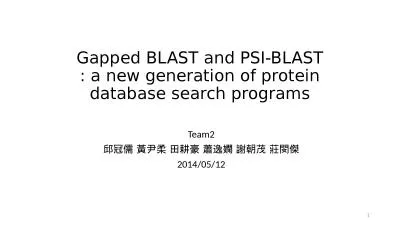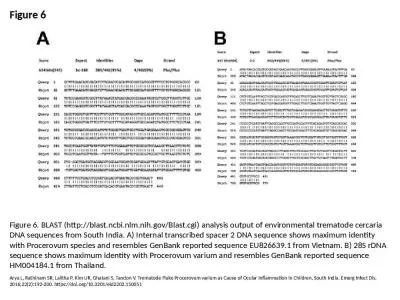PPT-TEAM BLAST Ani , Beaudoin
Author : phoebe-click | Published Date : 2018-02-28
Green Henricks Jones Kennedy Mawhinney Peluso Reilly Schwartz Shapiro Yanushevsky Blast Localization and Sensing Technology Image Courtesy of Stanislav Klabik
Presentation Embed Code
Download Presentation
Download Presentation The PPT/PDF document "TEAM BLAST Ani , Beaudoin" is the property of its rightful owner. Permission is granted to download and print the materials on this website for personal, non-commercial use only, and to display it on your personal computer provided you do not modify the materials and that you retain all copyright notices contained in the materials. By downloading content from our website, you accept the terms of this agreement.
TEAM BLAST Ani , Beaudoin: Transcript
Download Rules Of Document
"TEAM BLAST Ani , Beaudoin"The content belongs to its owner. You may download and print it for personal use, without modification, and keep all copyright notices. By downloading, you agree to these terms.
Related Documents

